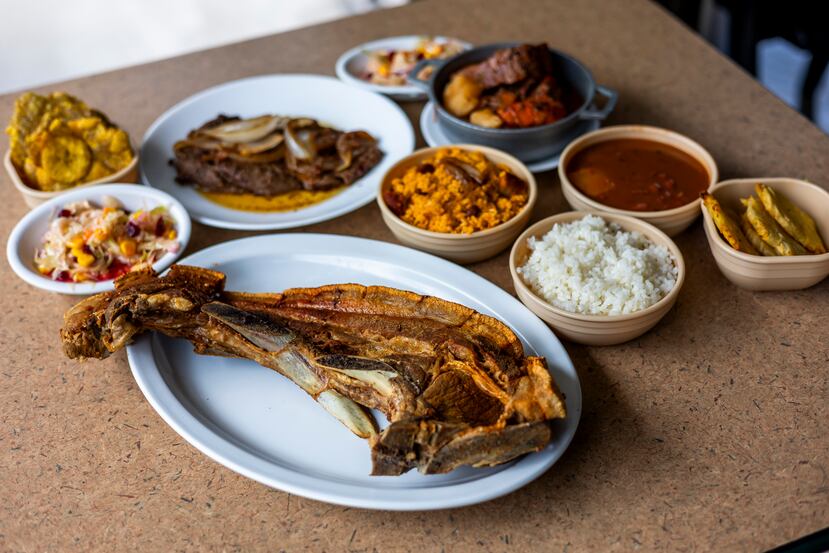
We are part of The Trust Project
Restaurante La Guardarraya: Where Can-Can Pork Chops Were Born
The recipe, created 65 years ago, came about at the request of a curious customer
Archival note
This content was published more than 1 year ago.
March 14, 2024 - 11:00 PM


Lee la historia en español aquí.
Las noticias explicadas de forma sencilla y directa para entender lo más importante del día.


Te invitamos a descargar cualquiera de estos navegadores para ver nuestras noticias: